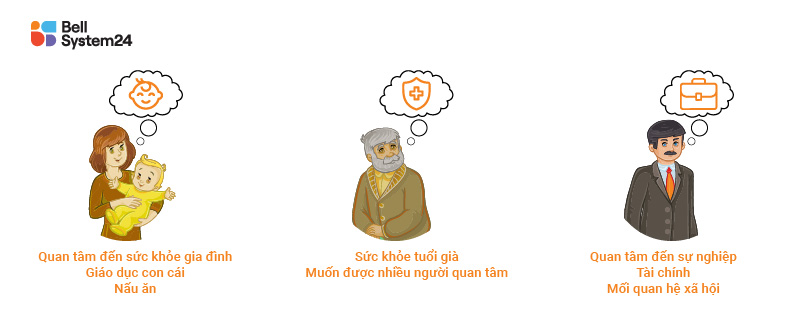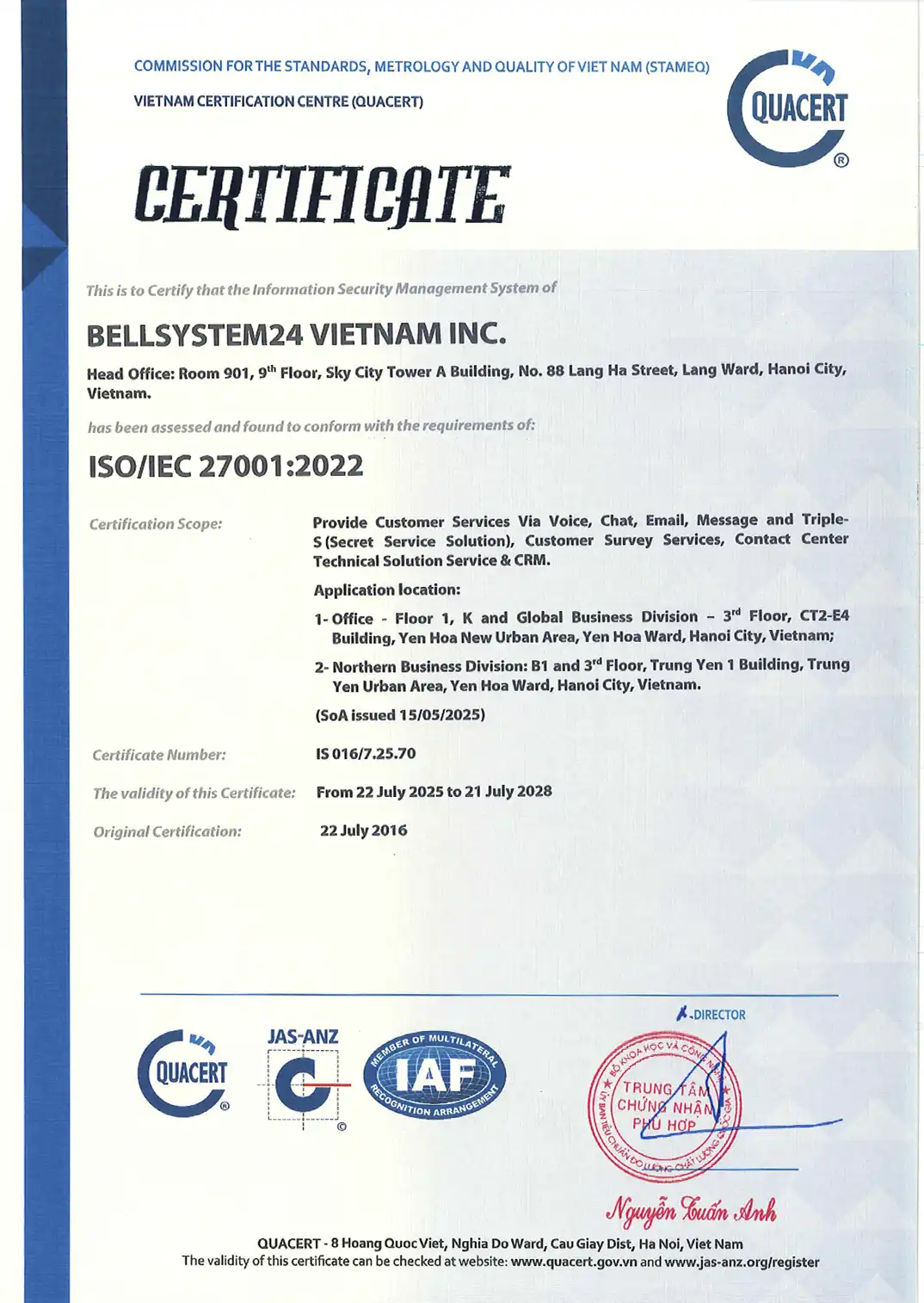Customer experience in each era will be understood and perceived in different ways. We are living in an era where every customer interaction takes place quickly, with higher expectations than ever before.
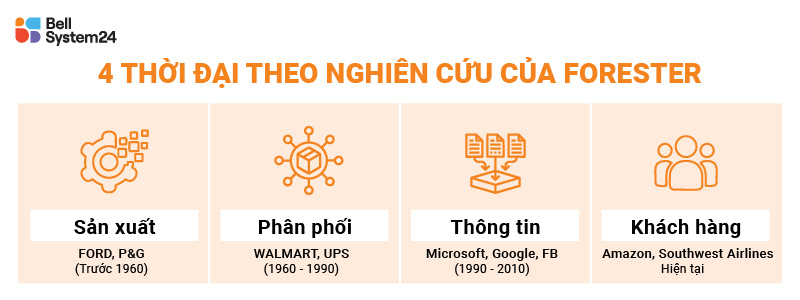
What is customer experience?
Customer Experience (CX) is the customer's perception after interacting with the business's touchpoints.
For a loyal customer, CX is summarize all interactions that customers have with a business throughout their journey, from brand awareness, product/service research, purchase, use, and after-sales service.
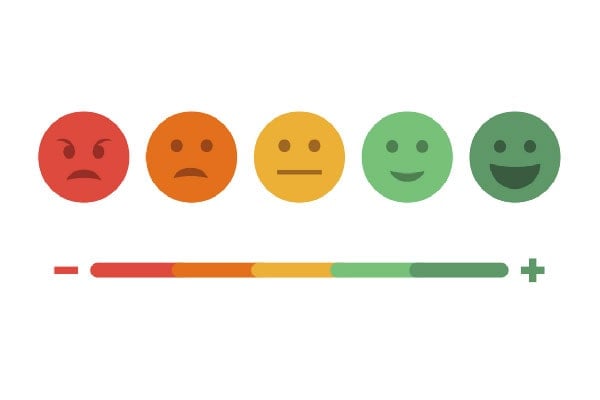
How important is customer experience to businesses?
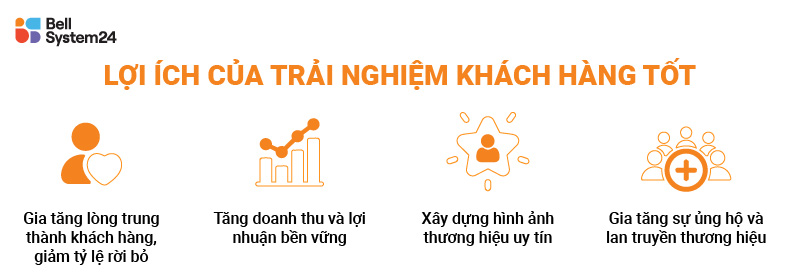
What is a good customer experience?
Excellent customer experience is when customers feel satisfied, comfortable, and connected throughout the entire process of interacting with the business.
You can evaluate customer experience through three levels.
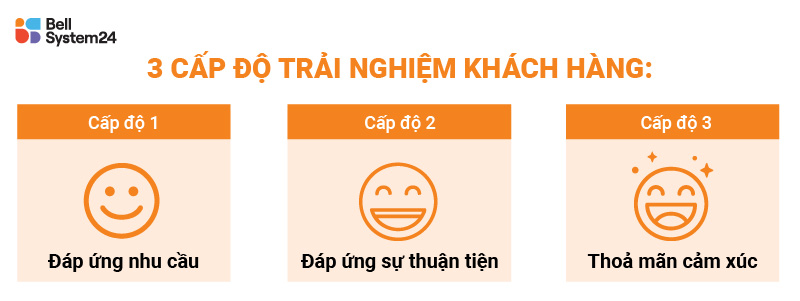
Level 1: Meeting needs
- Satisfy the minimum needs of customers
- Example: Grab provides a ride-hailing service with affordable prices and easy access.
Level 2: Convenience
- Provide and deliver to customers quickly and conveniently
- Example: User-friendly app, easy booking, quick pickup.
Level 3: Satisfying emotions
- Create satisfaction and positive emotions for customers, helping to build brand loyalty.
- For example: Friendly drivers, loyalty programs, personalized messages.
When customers interact with a business, they will evaluate their experience based on the following six service levels.

To survive and thrive, businesses must achieve at least Level 1 – Meeting needs, corresponding to the expected service level (Level 4) or higher – Meeting requirements, will be used again.
Customer Experience Index
To measure customer experience, businesses can use three metrics: CES, CSAT, and NPS.

Bellsystem24 Vietnam has a detailed article here: How to calculate and compare NPS, CSAT, and CES
How can we enhance the customer experience?
To improve overall CX, businesses need to adopt a model-based approach. from strategy to action, ensuring a synchronized experience (requiring the involvement of the entire system), seamless continuity, convenience, and positive emotions for customers.
1. Define objectives and develop a clear CX strategy
The important thing is to recognize where the business needs to improve the customer experience. To do this, it is necessary to understand the customers and the market context.
- Define customer personas: Helps understand target customers – Who are they? What are their behaviors, needs, and expectations? From there, build messages, improve products and processes.
- Conduct market research and analysis to identify opportunities that the company can leverage to create differentiated experiences.
- Map the customer journeyIdentify key touchpoints: Before – During – After purchase. Find weaknesses that cause poor experiences and improve them step by step.
2. Construction customer-centric culture
Comprehensive CX improvement requires the synchronization of every individual in the business. Therefore, building a customer-centric culture must be implemented consistently, ensuring that all employees are thoroughly imbued with a customer-focused mindset.
See also: What is Customer Centric? Building a customer-centric strategy
3. Practical application
The strategy of simplifying every touchpoint has proven effective for most businesses. Focus on creative ideas that make each interaction/experience simple rather than complex, convenient rather than difficult.
Develop key engagements effectively and then continue to improve them in the future, rather than trying to improve all points of contact at once.
Before buying: Make an impression and provide convenience
- Website, user-friendly application, clear information, fast search.
- Online consultation (Chatbot, customer service representative) with immediate response.
- Personalize content, target ads to the right audience.
➡ For example: Shopee optimizes product search based on personal preferences.
During the purchase process: Simple, fast, hassle-free
- Fast payment, multiple convenient methods.
- Transparent pricing policy, no hidden fees.
- Dedicated support staff, advising according to your needs.
➡ For example: Apple Store offers a checkout experience without a cashier, allowing customers to quickly complete their transactions.
After purchase: Customer care & long-term retention
- Post-purchase support24/7 Customer Service, easy returns).
- Personalize offers based on purchase history.
- Build a loyal customer community.
➡ For example: Starbucks Rewards accumulates points and personalizes offers based on customer preferences.
See also: Personalizing the customer experience – How to make a difference?
4. Always measure and continuously improve
Customer experience (CX) is not a one-time project – it is a continuous cycle. Excellent CX does not come from major changes, but from small, continuous refinements. Accurate measurement, in-depth analysis, and flexible optimization are the formula that helps businesses retain customers and create a sustainable competitive advantage.
Current customer experience trends
CX is rapidly changing under the influence of technology, data, and customer behavior. Below is key trends that businesses need to grasp in order to optimize the customer experience.
- Personalized Customer Experience based on data
- Seamless experience across all channels (Omnichannel CX)
- Augmented Reality (AR)/Virtual Reality (VR) technology
- Ultra-fast service: AI and RPA applications (Instant & Proactive Service)
- Contactless Experience




